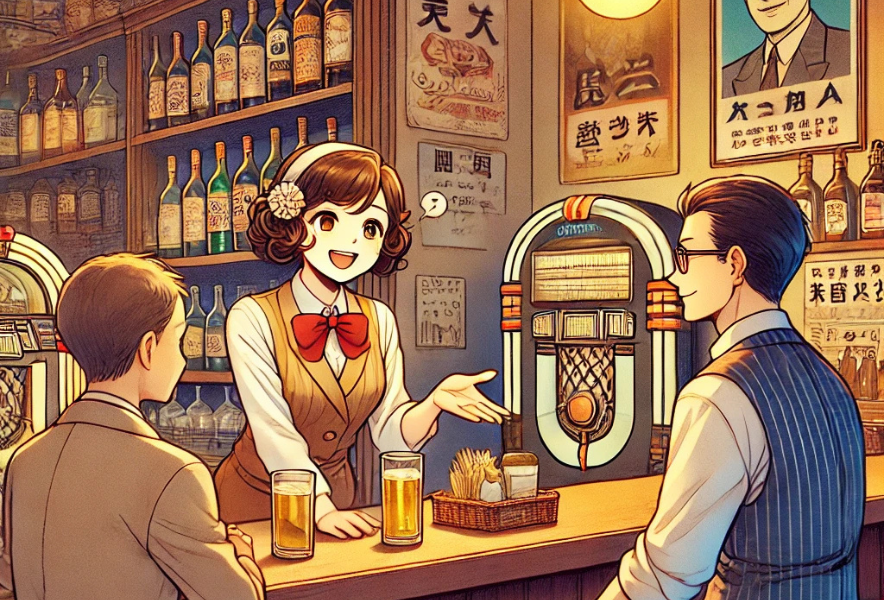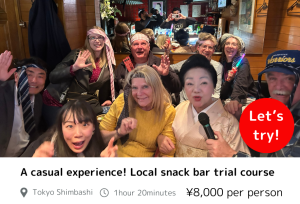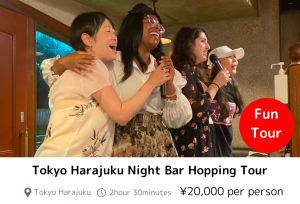Japan’s nightlife offers a variety of establishments, each providing unique experiences for customers. Understanding the distinctions among snack bars, lounges, girls’ bars, and cabarets (kyabakura) can enhance your visit. Here’s a concise guide from a customer’s perspective, highlighting their differences in terms of services, pricing, and legal aspects.
Contents
Snack Bars (Sunakku)
Snack bars, or sunakku, emerged in the 1960s and have become a staple of Japanese nightlife.
Ambiance and Service: Snack bars are intimate venues where customers engage in conversation with the female proprietor known as the “mama”, often the owner, in a relaxed setting. Customers typically sit at a counter or small tables, enjoying drinks and karaoke.
Pricing: Charges usually include a seating fee (otōshidai), drinks, and optional karaoke fees. Many snack bars operate on a bottle-keep system, allowing patrons to store their purchased bottles for future visits.
Legal Aspects: Snack bars may operate with a “Type 1” license under the Entertainment Business Act, permitting hostess interaction until midnight. Some may have a “restaurant license,” limiting direct hostess interaction but allowing operation past midnight.
Lounges (Raunjii)
Ambiance and Service: Lounges offer a sophisticated environment where hostesses provide attentive service, including pouring drinks and engaging in conversation. Seating arrangements are often more spacious, with comfortable sofas and private tables.
Pricing: Lounges typically charge a seating fee (sekidaitō) and additional fees based on services and drinks consumed. Unlike cabarets, they may not have time-based charges, allowing patrons to enjoy their stay without hourly constraints.
Legal Aspects: Lounges usually hold a “Type 1” license under the Entertainment Business Act, restricting operations to midnight. They are subject to regulations similar to cabarets regarding hostess interactions.
Girls’ Bars (Gāruzu Bā)
Ambiance and Service: Girls’ bars are casual venues where female staff serve drinks from behind the counter. Direct physical contact is minimal, and the atmosphere is often lively and informal.
Pricing: These establishments often have set time-based charges, such as hourly rates, with additional costs for drinks. Prices are generally more affordable compared to cabarets and lounges.
Legal Aspects: Girls’ bars operate under a “restaurant license,” classifying them as dining establishments. This license permits operation past midnight but prohibits hostess seating next to customers. However, if interactions resemble those in cabarets, they may require a “Type 1” license under the Entertainment Business Act.
Cabarets (Kyabakura)
Ambiance and Service: Cabarets are lively clubs where hostesses sit beside patrons, engaging in conversation, pouring drinks, and providing entertainment. The environment is energetic, often featuring music and dancing.
Pricing: Cabarets operate on a time-based system, with set durations (typically 60 to 90 minutes) known as “sets.” Charges include a base fee per set, with additional costs for drinks, hostess requests, and extended time.
Legal Aspects: Operating under a “Type 1” license as per the Entertainment Business Act, cabarets are permitted to have hostesses sit with patrons but must close by midnight. Some regions may allow extensions with special permissions.
Legal Considerations
In Japan, the Entertainment Business Act (Fūzoku Eigyō Hō) regulates establishments offering entertainment and hospitality services. Licensing determines permissible activities and operating hours:
Type 1 License: Allows hostess interaction with patrons, with operations restricted to midnight.
Restaurant License: Classifies the venue as a dining establishment, permitting operation past midnight but limiting direct hostess interaction.
It’s essential for establishments to comply with these regulations to operate legally.
Historical Context
The evolution of these establishments reflects Japan’s post-war societal changes and economic growth. Snack bars gained popularity in the 1960s as intimate venues for socialization. Cabaret clubs and lounges followed, catering to a clientele seeking more structured entertainment. Girls bars are a more recent development, offering a casual alternative to traditional hostess clubs.
Conclusion
Understanding the nuances among snack bars, lounges, girls’ bars, and cabarets can enrich your experience of Japan’s nightlife. Each offers a distinct atmosphere, service style, and pricing structure, catering to diverse preferences. Being aware of their legal distinctions ensures an informed and enjoyable visit.
Would you like to make your snack bar debut with a snack tour?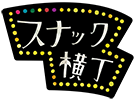
Snack bars, beloved by many since the Showa era, can be found all over Japan. You can enjoy communication with the owner and other customers, as well as singing karaoke, allowing for a relaxing time.
Most snack bars have a policy of refusing entry to foreigners. However, with a tour, you’ll have a guide, so you can enter with peace of mind.
When visiting Japan, don’t just check off the tourist spots –
dive into local experiences for an unforgettable journey!
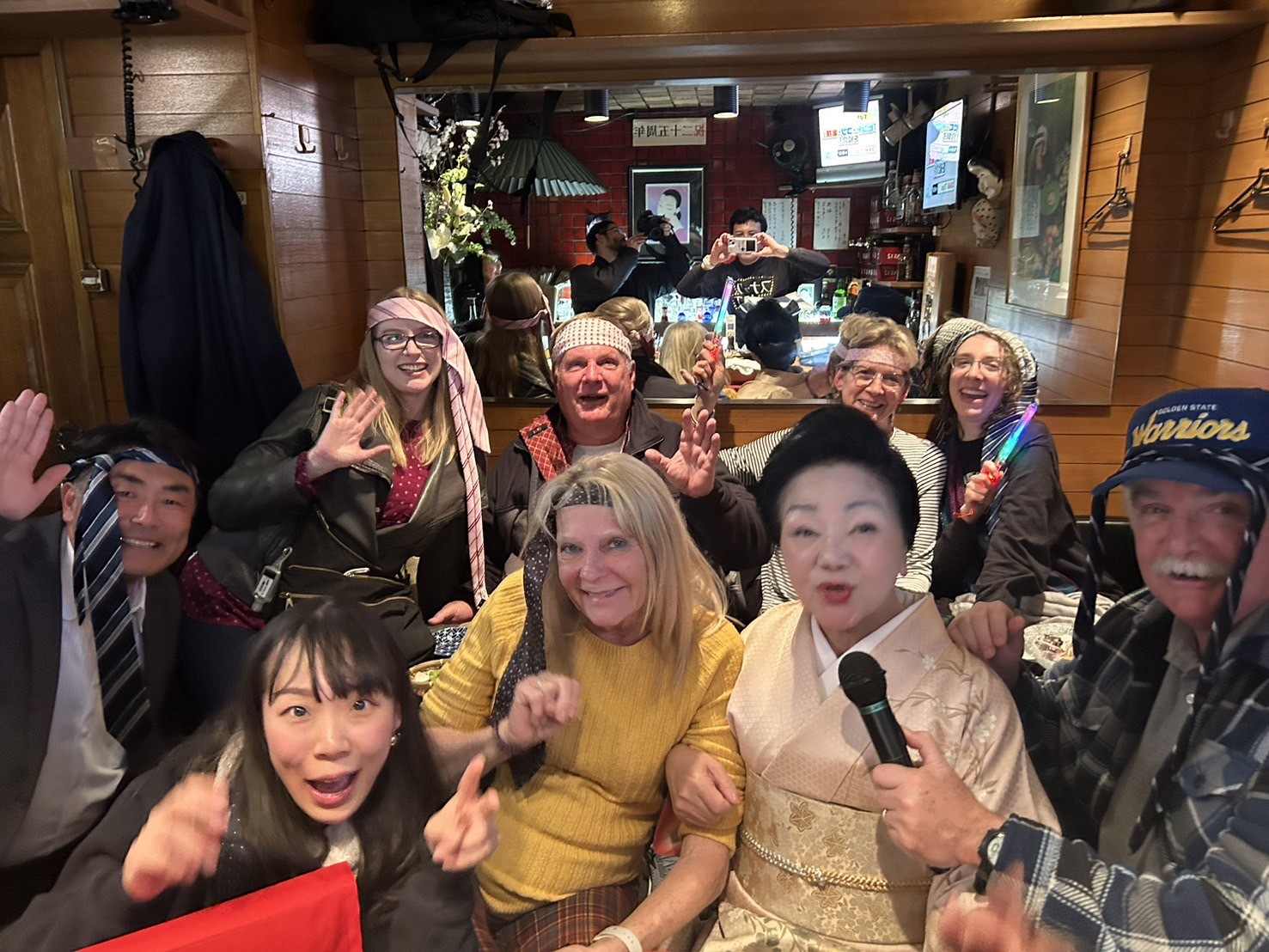
Once you experience it, you’ll be captivated too! The charm of snack bars.

New encounters with people! The camaraderie of singing at a snack bar! Conversations with the mama-san!

